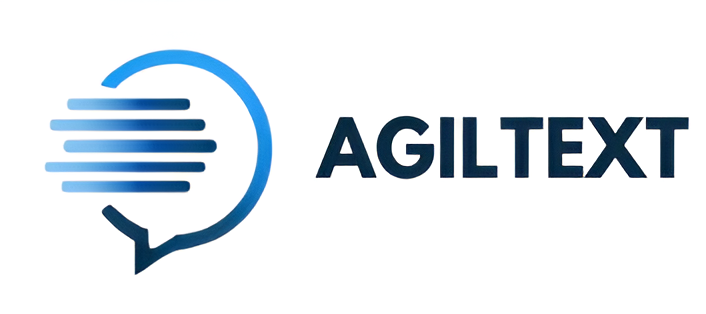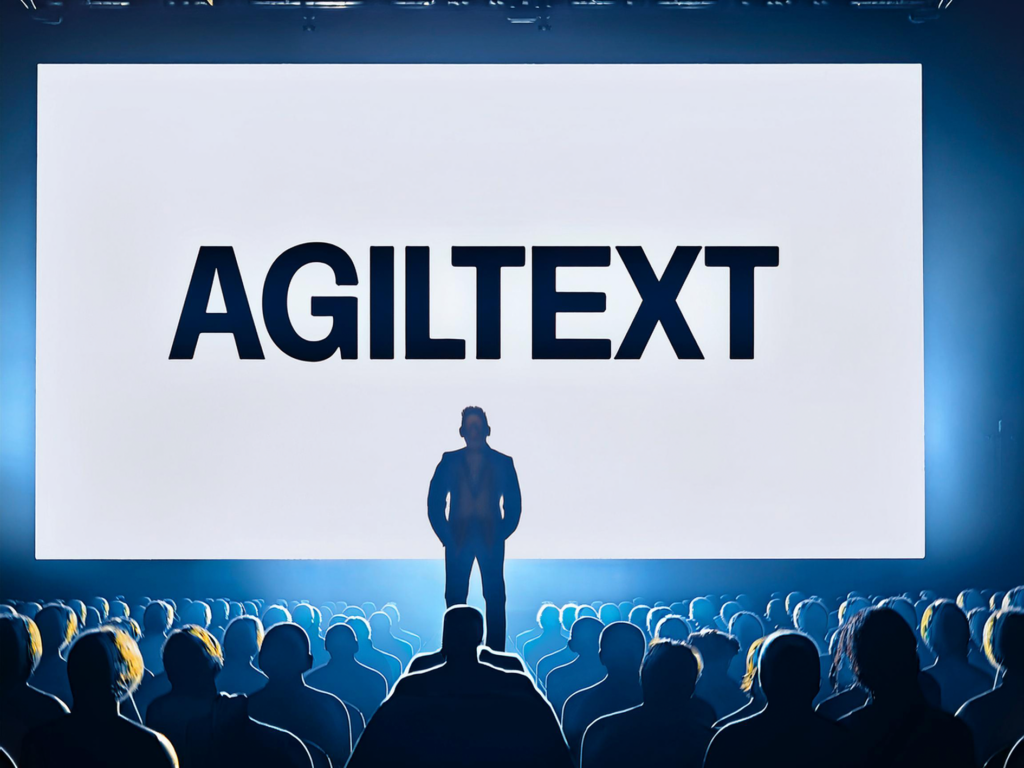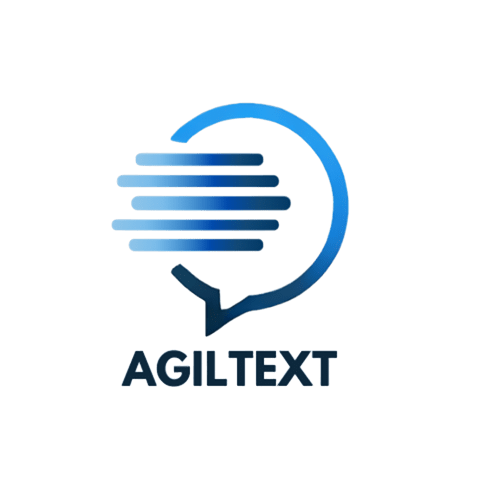Real-time transcription is a process that allows speech to be converted into text instantaneously while communication is taking place. This method is essential in a variety of situations, such as interviews, conferences and events, as it provides accessibility and clarity to verbal content. In a world where information is consumed quickly, the ability to have an instantaneous transcript of dialogue improves comprehension and retention of the information shared.
With the evolution of technology, tools and software dedicated to real-time transcription have made great advances. Previously, this process was laborious and required a human transcriptionist whose work depended entirely on speed and accuracy. Today, however, there are automated systems that allow the conversion of audio to text efficiently and accurately, facilitating its implementation in contexts that require immediacy, such as in academic or professional environments.
The importance of real-time transcription lies in its ability to make information accessible to all participants regardless of context. This is especially useful at events where communication is intended for a diverse audience, including people with hearing disabilities. In addition, it allows attendees to concentrate on the content of the presentation without being distracted by writing notes, confident that the most relevant points will be captured and recorded on the spot.
In this sense, real-time transcription not only represents an improvement in communication efficiency, but also promotes inclusion and equal opportunities for all participants. As technology continues to evolve, real-time transcription solutions are expected to become even more accessible and useful in the future.
Why is real-time transcription essential?
Real-time transcription has become an indispensable resource in a variety of contexts, and is essential to ensure that communication is effective and accessible. One of the main benefits of using real-time transcription services is the improved accessibility for everyone involved. Especially in events where individuals with different hearing abilities congregate, the possibility of having an instant record allows everyone to fully understand and participate in the discussion.
In addition, these transcripts facilitate quick note-taking. In situations where time is limited and the speed of conversation is high, tools that allow real-time transcription are an invaluable aid. Participants can concentrate on the content of the talk, rather than worrying about jotting down every crucial point, as having an accurate transcript will allow them to review any details they need later. This is especially relevant at conferences, interviews and high-level meetings, where every word can carry significant weight.
Equally important, real-time transcripts provide an accurate record of what is discussed. This file can be used both to document decisions and for use in future research or reference. When evaluating critical information, having a transcript can make the difference between clear understanding or confusion that could undermine collaboration. In short, implementing real-time transcription not only optimizes communication, but also strengthens the collective understanding of the issues at hand, ensuring that all important information is properly recorded and available to all interested parties.
Features of Agiltext as a transcription platform
Agiltext has positioned itself as a leading option for those looking for real-time transcription. One of the most notable features of this platform is its ease of use. The intuitive interface allows users to navigate seamlessly, making it easy for both experts and novices to perform real-time transcription efficiently. This accessibility increases productivity, as users can concentrate on the content without being distracted by technical aspects of the tool.
In addition to its usability, Agiltext integrates easily with other tools and platforms. This integration capability is essential for many professionals using video conferencing, chat and project management applications. The seamless connection between Agiltext and these tools facilitates an efficient workflow, allowing real-time transcripts to be generated automatically during meetings or events without the need to jump between different programs.
Transcription accuracy is another crucial attribute that sets Agiltext apart. Using advanced technology, the platform ensures that real-time transcriptions are both fast and accurate. This is especially important in contexts where every word counts, such as interviews or conferences, where content fidelity is paramount. Users have reported highly satisfactory results using Agiltext, reinforcing its reputation in the fast transcription arena.
Finally, Agiltext offers multilingual support, making it an ideal solution for professionals from diverse cultural and linguistic backgrounds. This allows users to perform real-time transcriptions in different languages, extending the platform’s reach and applicability for international events. The combination of all these features makes Agiltext one of the most complete solutions on the market for transcription and information management.
Comparison with other transcription tools
Real-time transcription has advanced significantly with the emergence of various platforms in the market. When analyzing Agiltext in comparison to other real-time transcription tools, it is imperative to consider both its advantages and disadvantages. Agiltext, specializing in transcription for interviews and events, has positioned itself as a leader in this field due to its user-centric approach and its ability to provide accurate results in an efficient manner.
One of the most outstanding advantages of Agiltext is its intuitive and easy-to-use interface, which reduces the learning curve for new users. This is in contrast to some platforms that can be more complex, requiring considerable time to become familiar with. In addition, Agiltext offers excellent technical support, ensuring that users always have help available when they need it, something that may not be as readily available in competing tools.
However, it is important to note that some other real-time transcription tools may offer additional features that Agiltext does not, such as integration with multiple third-party applications or advanced real-time editing functions. These features may appeal to users seeking deeper customization of their transcripts. Still, Agiltext sets itself apart by offering superior transcription quality, especially in noisy environments, which can be a critical factor during interviews or live events.
In conclusion, although each tool has its own advantages and disadvantages, Agiltext shows a remarkable leadership in the field of real-time transcription, especially in professional contexts where accuracy and usability are paramount.
Agiltext applications in interviews
Agiltext has proven to be a valuable tool in the field of real-time transcription, especially in the context of interviews. Its ability to generate accurate and fast transcripts not only improves the quality of the information gathering process, but also optimizes the interviewer and interviewee experience. This application can be used in a variety of scenarios, from job interviews to academic dialogues and journalistic interviews.
One of the most prominent use cases of Agiltext in interviewing is in the human resources field. Many companies are adopting this tool to facilitate the recruitment process. By using Agiltext, recruiters can focus on interacting with candidates without worrying about taking extensive notes. This allows fuller attention to the applicant’s responses and nonverbal communication, improving the dynamics of the interview. Real-time transcripts allow interviewers to review responses later and evaluate them more accurately.
In addition, numerous user testimonials highlight the positive impact Agiltext has had on interview productivity. For example, one journalist who implemented Agiltext to conduct interviews in the field has noted that the tool not only saves time, but also allows him to focus on the narrative and context of the conversation, without the distraction of having to record the words. The speed and efficiency of Agiltext’s real-time transcriptions have been key to improving the quality of the information gathered during these interactions.
Therefore, implementing Agiltext in interviews translates into significant benefits, not only in terms of efficiency, but also in the quality of post-conversation analysis. With its ability to capture every word accurately and in real time, Agiltext is fast becoming a standard for those looking to optimize information gathering in interview contexts.
Use of Agiltext at events and conferences
In the field of events and conferences, the use of technological tools has proven to be a key resource for information management. Agiltext, as a leader in real-time transcription, provides an effective solution to the need to document and record live presentations. Its ability to handle large volumes of information in real time allows organizers and participants to access an instant and accurate record of discussions and presentations. This translates into improved knowledge management and the ability to perform subsequent analysis.
Agiltext’s main function lies in its ability to transcribe in real time, which is essential during conferences where several presentations are taking place simultaneously. Attendees can benefit greatly from being able to follow the thread of the presentations without missing any details. The tool is especially useful in scenarios where complex or technical topics are raised, as it ensures that all attendees have equal access to information. One of the highlights is the possibility of obtaining real-time transcripts that can be shared immediately, thus promoting interactivity and collaborative learning.
In addition, by using Agiltext, conferences can be much more inclusive. Real-time transcription allows people with hearing disabilities or who are not fluent in the language of the presentation to follow the content, increasing the accessibility of the event. The implementation of this technology not only improves the attendee experience, but also allows organizers to comply with accessibility standards required in many contexts. Thus, Agiltext stands as an indispensable tool, facilitating not only real-time transcription, but also access to a wealth of information that can be reviewed and analyzed after the event.
Benefits of using Agiltext vs. manual transcription
In today’s context, where agility and accuracy are crucial, Agiltext is positioned as a leading tool for real-time transcription compared to traditional manual transcription methods. One of the main benefits of using Agiltext is the significant time savings. While manual transcription can take hours, even days, to complete, Agiltext’s advanced technology allows for real-time transcription, facilitating immediate access to information after a meeting or event.
In addition to time savings, efficiency is another key factor that distinguishes Agiltext from manual transcription. The automated methodology allows multiple voices and contexts to be processed without the wear and tear experienced by human transcriptionists. This not only optimizes throughput, but also reduces the human errors common in manual transcription. The accuracy of real-time transcripts generated by Agiltext translates into better quality information, providing an accurate representation of the spoken content, which is vital for informed decision making.
Another aspect to consider is the continuous availability of the tool. Unlike human transcriptionists who may be limited by availability and workload, Agiltext is always available, allowing users to perform real-time transcription without restrictions. This accessibility becomes an invaluable resource for businesses and professionals who require immediate and reliable results in a variety of situations, from interviews to important conferences.
Thus, when evaluating the factors of time, efficiency and accuracy, it can be concluded that Agiltext’s automated option is undoubtedly preferable to manual transcription, offering clear competitive advantages in the field of real-time transcription.
The future of real-time transcription
The future of real-time transcription is advancing by leaps and bounds, driven by constant technological developments. Artificial intelligence (AI) and natural language processing (NLP) are revolutionizing the way real-time transcription is carried out, enabling more accurate speech recognition and adaptation to different accents and dialects. This evolution will facilitate the transcription of speeches and conversations in real time, as the tools will be able to better understand the context and intentions behind the words spoken.
The evolution of tools such as Agiltext is marked by their ability to adapt to diverse industries, from medicine to journalism to education. This is critical, as each sector presents specific challenges in terms of the accuracy and speed of real-time transcriptions. In healthcare, for example, innovations are expected to allow doctors and healthcare professionals to focus on their patients, while software takes care of recording everything in an automated and accurate manner. This not only saves time, but also improves the quality of medical care.
Media and communications companies will also benefit from these technologies, as the ability to transcribe in real time will facilitate the production of live content and coverage of events. Brands will be able to offer more interactive experiences for their audience through instant transcripts of interviews or conferences, ensuring that information is immediately accessible.
As the market continues to evolve, competition among real-time transcription tools will intensify, leading to the creation of more complete solutions tailored to users’ needs. Human intervention will remain crucial, especially in contexts that require a deep understanding of the subject matter. The harmonious combination of artificial intelligence with human supervision will set the tone for the future of real-time transcription.
Conclusions and recommendations
In today’s context, where efficient and accurate communication is critical, real-time transcriptions have become a key tool for everything from interviews to conferences. The use of platforms such as Agiltext allows users to capture, process and transcribe information efficiently, facilitating access to relevant data in real time. This approach not only improves productivity, but also enhances accessibility for those who may need to review the content at a later date.
Implementing Agiltext in different environments requires careful attention to the specific needs of each case. For example, in the academic environment, its ability to generate real-time transcripts can help students keep a more accurate record of lectures, while in the business context, it can be a vital resource for documenting key meetings and discussions. To maximize its effectiveness, it is recommended that users be trained in the proper use of the tool, ensuring that they can get the most out of it. This includes technical aspects, as well as strategies on how to integrate real-time transcripts into their daily workflows.
In addition, it is crucial to consider user feedback when implementing Agiltext. The adaptation of the tool to different situations can benefit from taking into account the suggestions and experiences of users, which in turn improves the quality of real-time transcripts. Likewise, collaboration among the teams using the platform should be promoted, fostering a shared learning environment that enhances the use of these technologies in organizations.
In conclusion, with the increasing demand for accurate and accessible information, Agiltext stands out as an effective solution for real-time transcription. Its correct implementation and continued use can be instrumental in improving both internal communication and the overall experience in various fields, ensuring that users fully benefit from this innovative tool.



